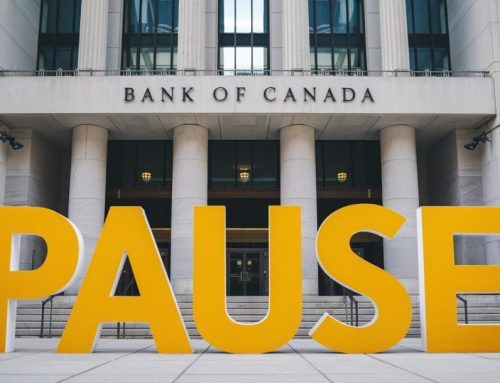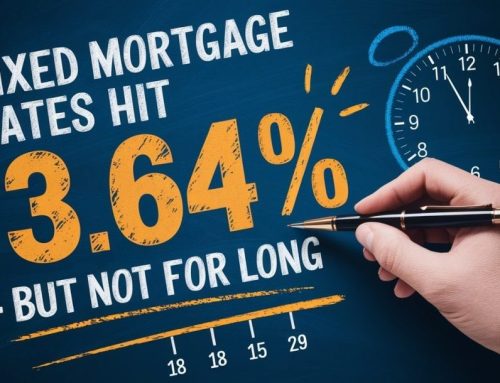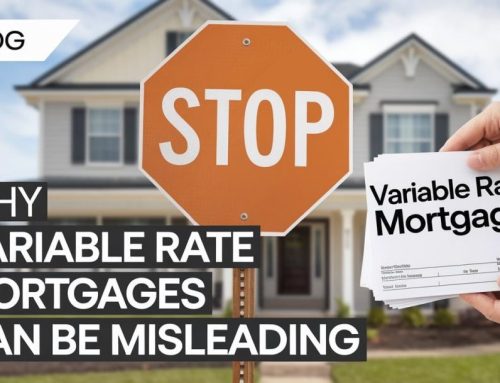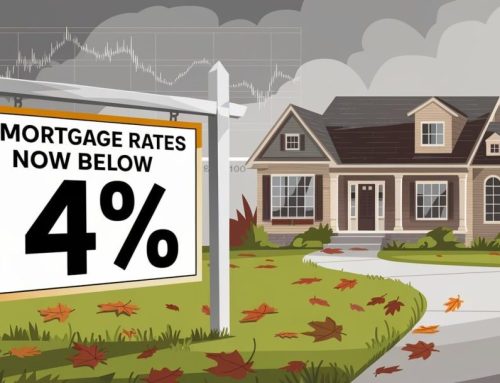When it comes to managing your mortgage, understanding prepayment privileges can make a significant difference in how quickly you can pay down your loan. These privileges are often represented by numbers like 10/10 or 20/20, but what do they really mean? Let’s break it down and explore how these numbers can impact your mortgage strategy.
Decoding the Numbers: What Do 10/10 and 20/20 Really Mean?
The first number in the prepayment privilege, such as the “20” in 20/20, indicates the percentage by which you can increase your regular mortgage payments. The second number represents the percentage of your original mortgage amount that you can pay off in a lump sum each year without incurring a penalty.
For example, with a 20/20 privilege on a $500,000 mortgage, you could increase your regular payments by up to 20% and pay up to 20% of your original mortgage balance as a lump sum each year. On paper, that sounds straightforward, but there’s more flexibility than you might think.
Beyond the Basics: The Flexibility of Lump Sum Payments
One of the most misunderstood aspects of mortgage prepayment privileges is how lump sum payments work. Many borrowers believe they are limited by the first number in their prepayment privilege (e.g., the “20” in 20/20). However, you can often increase your payments by much more than this without penalties, especially if you leverage your lump sum payment privileges effectively.
Let’s say you have that $500,000 mortgage with a 20/20 prepayment privilege. Your monthly payment at a 4.49% interest rate amortized over 25 years would be $2,764.59. Maxing out the 20% payment increase would bump your monthly payment by $552.92, bringing it to $3,317.51. But if you were to spread your 20% lump sum payment allowance ($100,000) over 12 months, you could increase your monthly payments by an additional $8,333.33. This would bring your total monthly payment to a whopping $11,097.92—more than four times your original payment!
Why the First Number Isn’t Everything
The takeaway? While the first number in your prepayment privilege is important, it’s the flexibility of lump sum payments that can really supercharge your mortgage payoff strategy. Most lenders, whether they are monoline lenders or big banks, don’t limit the number of lump sum payments you can make, as long as these payments align with your regular payment dates.
This flexibility means you can potentially pay down your mortgage much faster than the numbers might initially suggest. And if your lender allows you to combine both payment increases and lump sum payments (which many do), you have even more power to reduce your mortgage balance quickly. Some lenders even allow you to max out both the payment increase and the lump sum, which in our example would take your monthly payment to $11,650.84.
The Importance of Choosing the Right Lender
However, not all lenders offer the same level of flexibility. For instance, RBC and National Bank are known for having more restrictive prepayment privileges. RBC’s 100/10 policy limits you to a single lump sum payment per year, which could be a major drawback if you’re looking to aggressively pay down your mortgage. In contrast, National Bank, with the same 100/10 structure, doesn’t limit the number of lump sum payments, offering more flexibility.
While RBC’s product might work well for some, it’s crucial to consider how important prepayment flexibility is to your financial goals. If you’re aiming to pay down your mortgage faster, especially through lump sum payments, you might find more suitable options elsewhere.
Final Thoughts
Understanding the nuances of prepayment privileges can empower you to make smarter decisions about your mortgage. While the numbers might seem straightforward, the real value lies in how you can use them to your advantage. And remember, not all mortgage specialists will dive into these details with you—so make sure you choose a lender who aligns with your financial goals and offers the flexibility you need.
I explain prepayment privileges in even more detail in my Amazon #1 best selling book Beat the Bank – How to Win the Mortgage Game in Canada, including strategies on how to use them to maximize your savings.








Leave A Comment